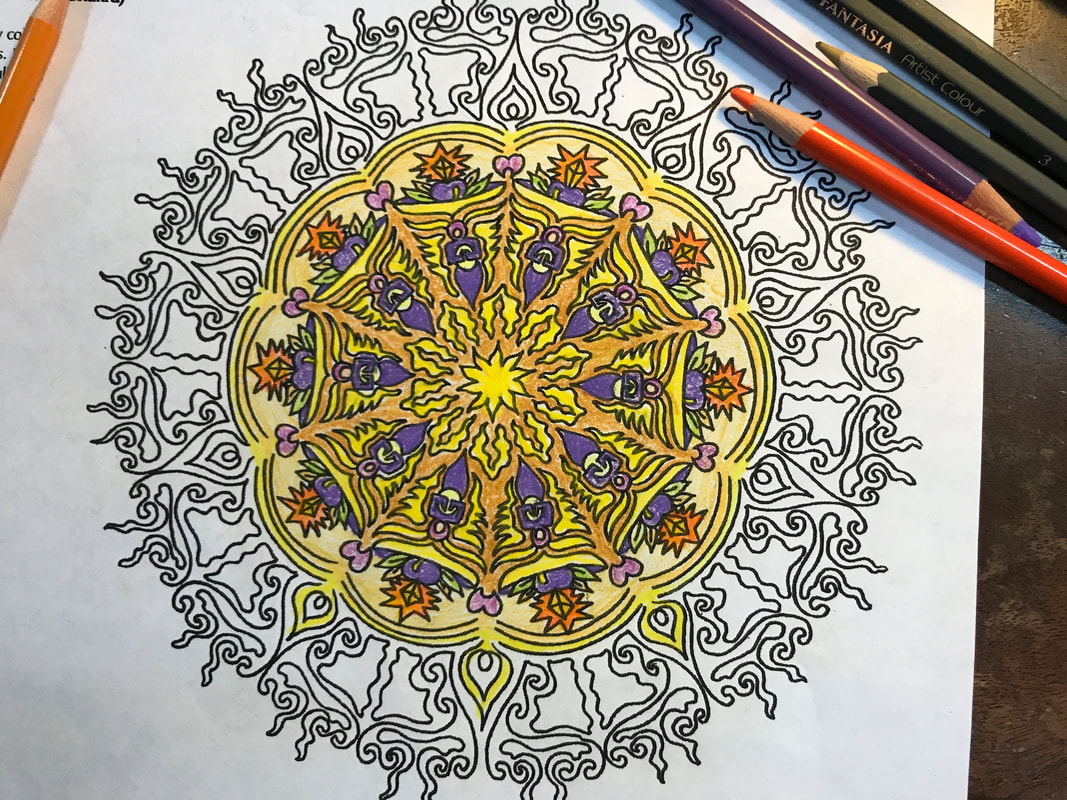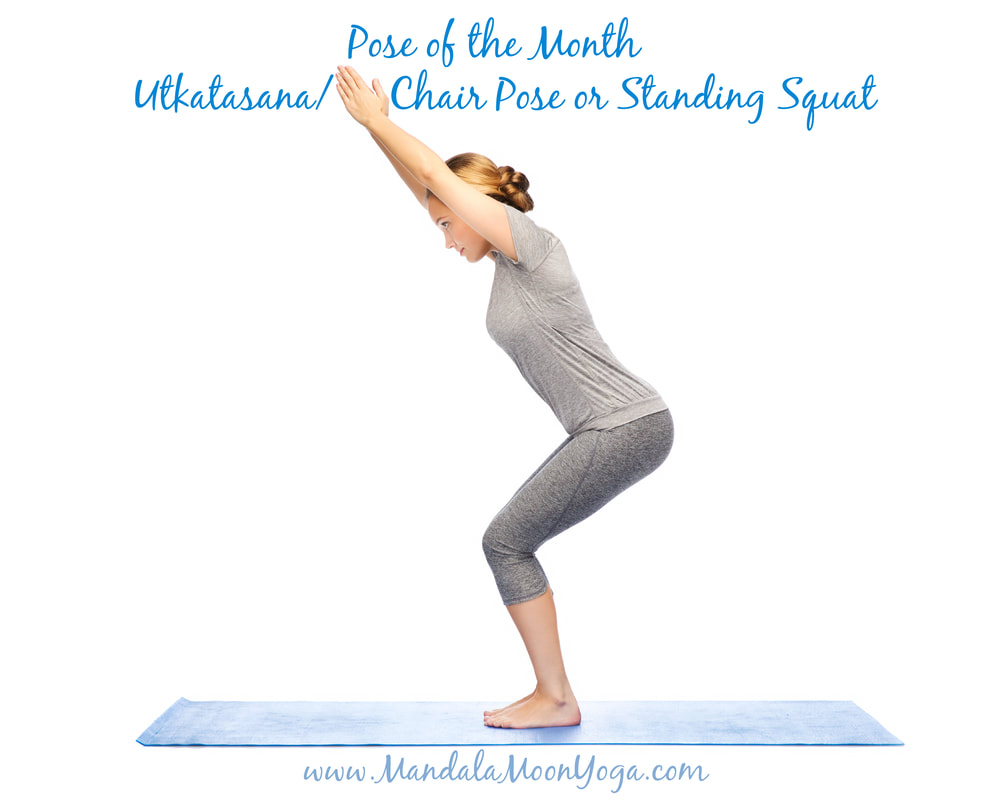The third chakra is Manipura, which means “jewel in the city” or “lustrous gem.” It is located above the naval, at the solar plexus, between the ribs, and includes the stomach, thoracic region of the back, and digestive tract.
The element associated with manipura is fire, and it’s associated with our drive, power, and sense of self. A balanced manipura offers us a feeling of empowerment. Like all the chakras, it’s important to find the perfect balance. Too much empowerment might create arrogance or egoistical behavior. Not enough empowerment may result in being afraid to speak up at all. We want that balanced sense of self and confidence. Think of tending a fire. You want to give it enough fuel to keep it burning, but not so much that it rages out of control.
To help balance manipura, consider a walk in the sun or spending time by a fire. Affirmations or mantras such as “I am power” or “I have power” can help convince your mind of your intentions as well.
In our yoga practice, we can focus on twists (like matsyendrasana) and core strengtheners, such as plank (phalahakasana) and upward boat pose (urdvha navasana).
When you experience physical issues such as ulcers, heartburn, IBS, or acid indigestion, consider that it may be more than just your physical body. It could be your energy body sending you a message that you need to find your power or as they said back in the 60’s “find yourself.”



 RSS Feed
RSS Feed